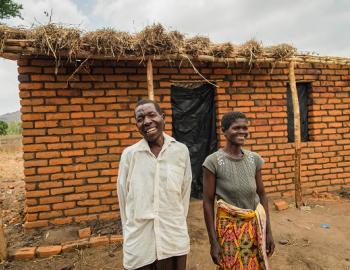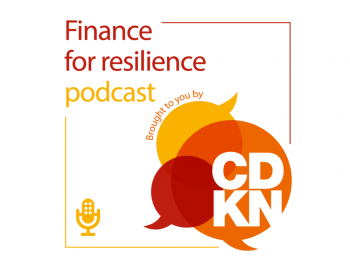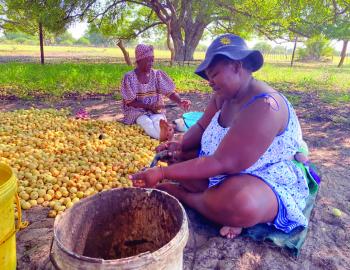Inside Story: Rural Ethiopian women diversify livelihoods and boost entire communities’ climate resilience
Inside Story: Rural Ethiopian women diversify livelihoods and boost entire communities’ climate resilience
In rural Ethiopia, pastoralist households traditionally accumulate livestock as an asset to buffer them against shocks and stresses. These shocks and stresses can take many forms, including personal and social stresses (such as bad health, bereavement and conflict) as well as economic and environmental stresses and shocks.
Now, climate variability and change are making vegetation and water less predictably available. Households are pressured to migrate further afield to find suitable grazing lands for their animals. In this context, the strategy of accumulating livestock alone – without other forms of savings and investment – can be a risky one.
The Market Approaches to Resilience (MAR) project extended credit and savings facilities to communities in remote rural areas of Ethiopia, providing them with the means to diversify their assets and livelihoods. This helped to buffer them from climate-related stresses and shocks.
This 'Inside Story' case study tells the story of what happened. The communities were lacking in the most basic services, and people’s survival was precarious. Each week’s food and water for people and livestock depended on unpredictable rains and a degraded natural environment.
Rural women traditionally have less access to finance. Therefore, the MAR project set specific targets for women’s participation, to redress the balance. They reached out intentionally to women, some of whom also suffered the social disadvantage of widowhood. The project found that extending microfinance services to women in these marginal communities created a powerful ‘multiplier effect’ – not only considerably improving the wellbeing of the women themselves but also of their families.
To consolidate the project’s short-term achievements, the MAR team found it was essential to work simultaneously on strengthening the enabling environment. This ensured that project gains would be locked in, for the longer term. One of the enabling factors was financial institutions’ willingness to serve poor women and work with pastoralists. The project helped financial institutions build trust in the community members, irrespective of the potential risks related to people’s lack of permanent settlements. Furthermore, the project built a sound relationship between government authorities and the community, providing a foundation for future cooperation.



